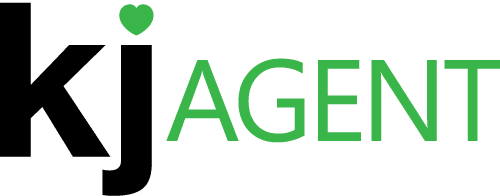5/20/20 4.89% up to 5.16%
5/13/20 4.90% up to 5.58%
What is home equity?
Home equity is the difference between the balance owed on your mortgage and your home's current market value. Simply put, it's the share of your house that you own because you've paid down your mortgage balance and/or your property's value has increased over time.
As you pay down your loan balance, the equity in your home grows. Even though your home belongs to you, your lender secures the loan against the property until you've repaid in full.
Why is home equity important?
Homeownership - and home equity - has long been an avenue to build wealth. As you reduce your mortgage debt, your home gains value over time and becomes an asset. Other major purchases don't tend to appreciate the way a home does over time. Vehicles, for example, lose value the minute you drive them off the lot, and continue depreciating rather than increasing in value.
Americans have regained considerable equity in their homes (and then some) since the housing crash and subsequent recovery. U.S. homeowners with mortgages had $5.8 trillion in total tappable equity - the most ever recorded and 16 percent higher than the pre-recession peak in 2006, according to data released in July 2018 from Black Knight. The average mortgage holder gained $14,700 in tappable equity over the past year and has $113,900 overall.
Home equity - and the personal wealth it can build - isn't meant to be treated like a cash jar. Buying a home provides a basic need, but it's also meant to be a long-term investment for most people. Your home equity can be a resource when you need to use it, but it should be done with careful consideration and planning.
Types of home equity - Home equity loan
A home equity loan is a second mortgage that lets you use your home's value as collateral to pull out cash in a lump sum. You can use the money to finance home renovations, consolidate credit card debt or other large, upfront expenses. Once you've received your loan, you start repaying it right away at a fixed interest rate. That means you'll pay a set amount every month for the term of the loan, usually from five years to 15 years.
Home equity line of credit (HELOC)
A home equity line of credit, or HELOC, works more like a credit card that lets you withdraw on a revolving credit line during an initial "draw" period. You'll be able to pull money anytime you need it during this timeframe, usually 10 years. As you pay down the HELOC principal, the credit revolves, and you can use it again. You can choose one of two draw period options: interest-only payments, or a combination of interest and principal payments. The latter helps you repay the loan faster.
Most HELOCs come with variable rates, meaning your monthly payment can go up or down over the loan's lifetime. Some lenders now offer fixed-rate HELOCs, but these tend to have higher interest rates. After the draw period, you enter the repayment period in which any remaining interest and the principal balance are due. Repayment periods tend to be longer than draw periods - anywhere from 15 to 20 years.
Curtesy & Written by Bankrate, LLC

